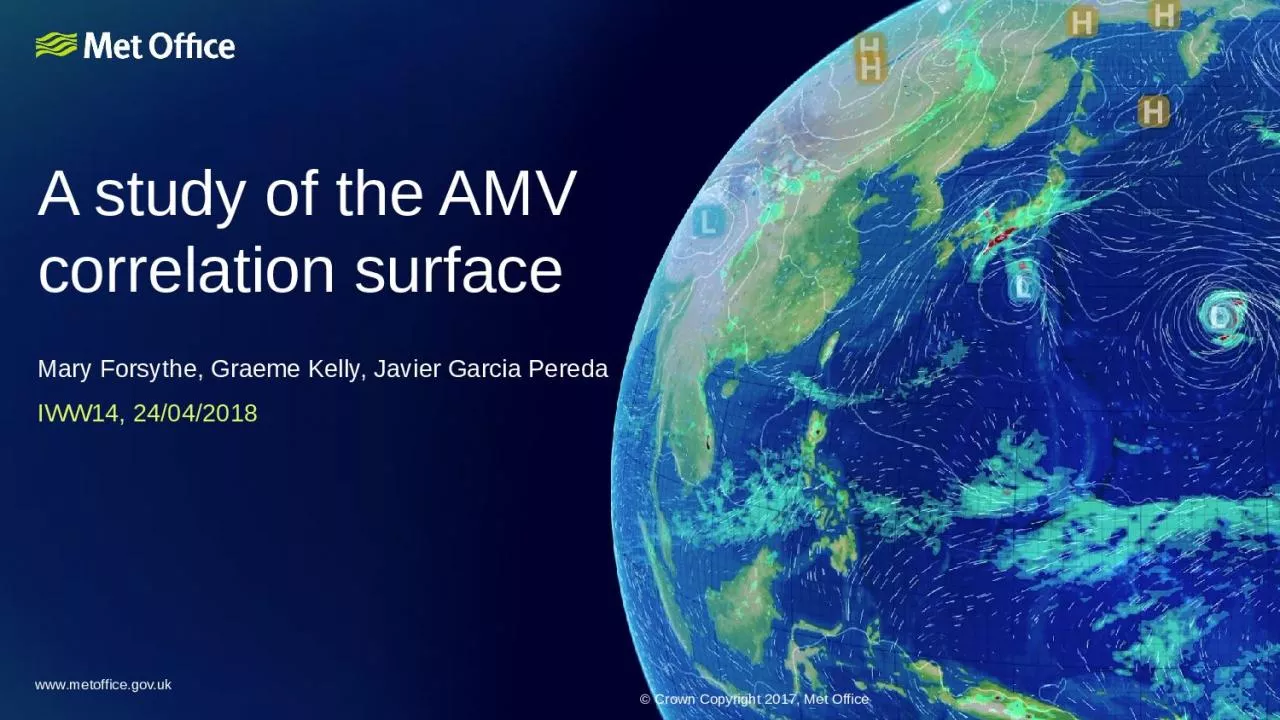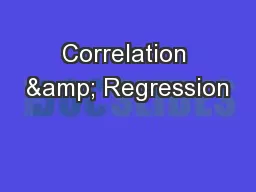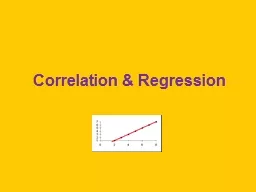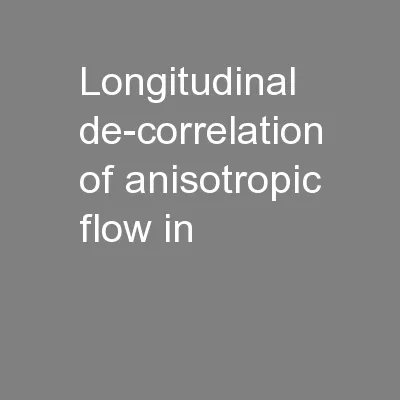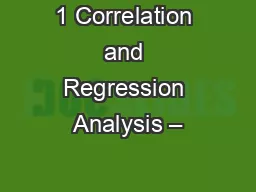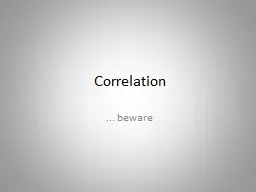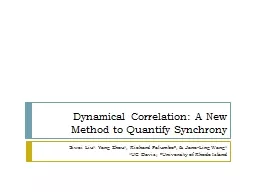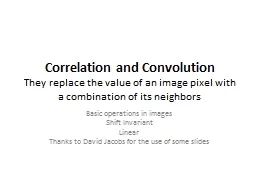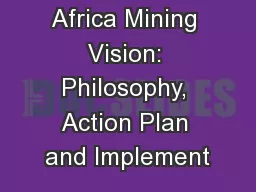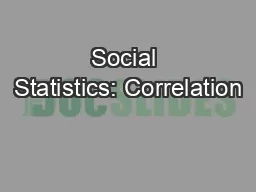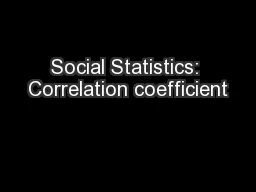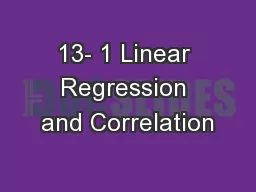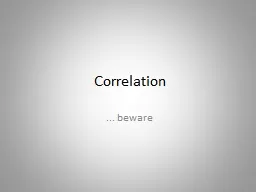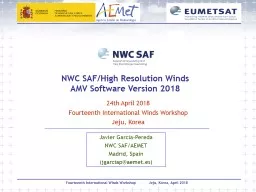PPT-A study of the AMV correlation surface
Author : jiggyhuman | Published Date : 2020-08-29
Mary Forsythe Graeme Kelly Javier Garcia Pereda IWW14 24042018 wwwmetofficegovuk Crown Copyright 2017 Met Office Crown copyright Met Office
Presentation Embed Code
Download Presentation
Download Presentation The PPT/PDF document "A study of the AMV correlation surface" is the property of its rightful owner. Permission is granted to download and print the materials on this website for personal, non-commercial use only, and to display it on your personal computer provided you do not modify the materials and that you retain all copyright notices contained in the materials. By downloading content from our website, you accept the terms of this agreement.
A study of the AMV correlation surface: Transcript
Download Rules Of Document
"A study of the AMV correlation surface"The content belongs to its owner. You may download and print it for personal use, without modification, and keep all copyright notices. By downloading, you agree to these terms.
Related Documents

